It's been a few weeks since the WWDC20 developer conference saw the introduction of new operating systems, led of course by iOS and iPadOS 14. This year, Apple didn't embark on major changes, but instead we saw improvements to the original system and new features . It should be noted that there are really many of these functions that are not visible at first glance. In this article, we will look at 10 of them together. So let's get straight to the point.
It could be interest you

4K videos on YouTube
With the arrival of iOS, iPadOS and tvOS 14, we finally got the ability to play 4K YouTube videos on iPhone, iPad and Apple TV. Although iPhones and iPads do not have a 4K resolution display, there is finally an option to play video in a higher resolution than 1080p. Content on iPhone a iPad you can watch on YouTube in a new resolution 1440p60 HDR whether 2160p60 HDR, na Apple TV is then available full 4K.
Front camera flip
If you normally take a photo using the front camera within the Camera application, the photo will be flipped automatically. This is because the front camera traditionally takes pictures as if it were your mirror. Some users like this, others don't. Anyway, you can set again whether the front camera will flip the photos. Just go to Settings -> Camera, where (de)activate Mirror front camera.
Eye contact in FaceTime
In one of the beta versions of iOS 13, we saw a new feature for FaceTime, thanks to which the device could adjust the eyes of a counterpart in real time during a video call to make it look like you are making eye contact with each other. This feature was eventually removed from the settings, but not for long. In iOS 14, this function appeared again, only with a different name. If you want to (de)activate it, go to Settings -> FaceTime, where you go down and use the switch (de)activate possibility Eye contact.
Redesigned back button
Surely you have ever found yourself in such a situation where you got tangled somewhere deep in the Settings and wanted to quickly return to the main screen of this application. You could have easily solved this situation by completely exiting Settings and then turning it back on. Of course, this is not an elegant solution. In iOS 14, Apple decided to redesign the back button located in the upper left. If you tap on it, you will classically appear one screen back. However, if on hold your finger on the Back button, so it appears menu, with which you can easily move to previous categories Settings.
Camera control with volume buttons
The iOS 14 operating system comes in a redesigned Camera app for most Apple phones. However, changing the appearance of the app is not all that iOS 14 has come up with. You can now use the volume buttons to control the camera. If you hold down the pro button in the Camera app volume down, recording will begin Quick Take video – this function is active automatically. In case you hold down the pro button turn up the volume so you can start immediately procurement sequence. However, you must activate this feature in Settings -> Camera, where using a switch activatepossibility Sequence with the volume up button.
Photo zoom
In older versions of iOS, you could only zoom in to a certain level in the Photos app. It should be noted that this maximum level was often not sufficient. In iOS 14, Apple decided to remove this limit for zooming photos. This means that you can zoom in on any photo in the Photos app as much as you want. Zooming in on a photo is easy by opening two fingers apart.
Hide albums in Photos
As you probably know, the Photos application also includes a Hidden album, in which you can save any photos that you do not want to be displayed in the photo library. The problem, however, is that the Hidden album continues to show up at the bottom of the Photos app, so anyone can click on it and easily view the photos. With iOS 14, we didn't get to secure this album with Touch ID or Face ID, but instead we can completely hide the Hidden album from the Photos app. Just go to Settings -> Photos, where (de)activate possibility Album Hidden. In addition, you can set the height as well (not) displaying shared albums.
New applications to the library
iOS 14 also includes a redesigned home screen, where you can insert a library of apps instead of the classic pages. In this library, applications are automatically divided into certain categories, but there is also a search field for applications. Users can easily adjust the behavior of the application library - for example, they can choose whether newly downloaded applications will be saved on the application page or directly in the library. To edit these preferences, go to Settings -> Desktop, where you select the Newly downloaded application option Add on desktop or Keep only in the application library.
Photo Captions
Within macOS, there has been an option for a long time to add a certain caption to photos. You can then easily find a specific photo using this caption. However, this feature was missing from iOS and iPadOS until version 14, when Apple decided to add it. If you want to add a caption to the photo, open the application Photos, click you are certain Photoand swipe over it finger from bottom to top. Will appear text field, to which you can already enter the title.
Picture in picture
As with the aforementioned photo captions, the Picture-in-Picture feature has been available in macOS for a long time. This feature can take video from certain apps and transfer it to a small window that always appears in the foreground. This means that you can watch a video and work in an application at the same time. You can try this function, for example, within the FaceTime application. If it doesn't work for you, go to to activate this function Settings -> General -> Picture in Picture, where activate possibility Automatic picture in picture.



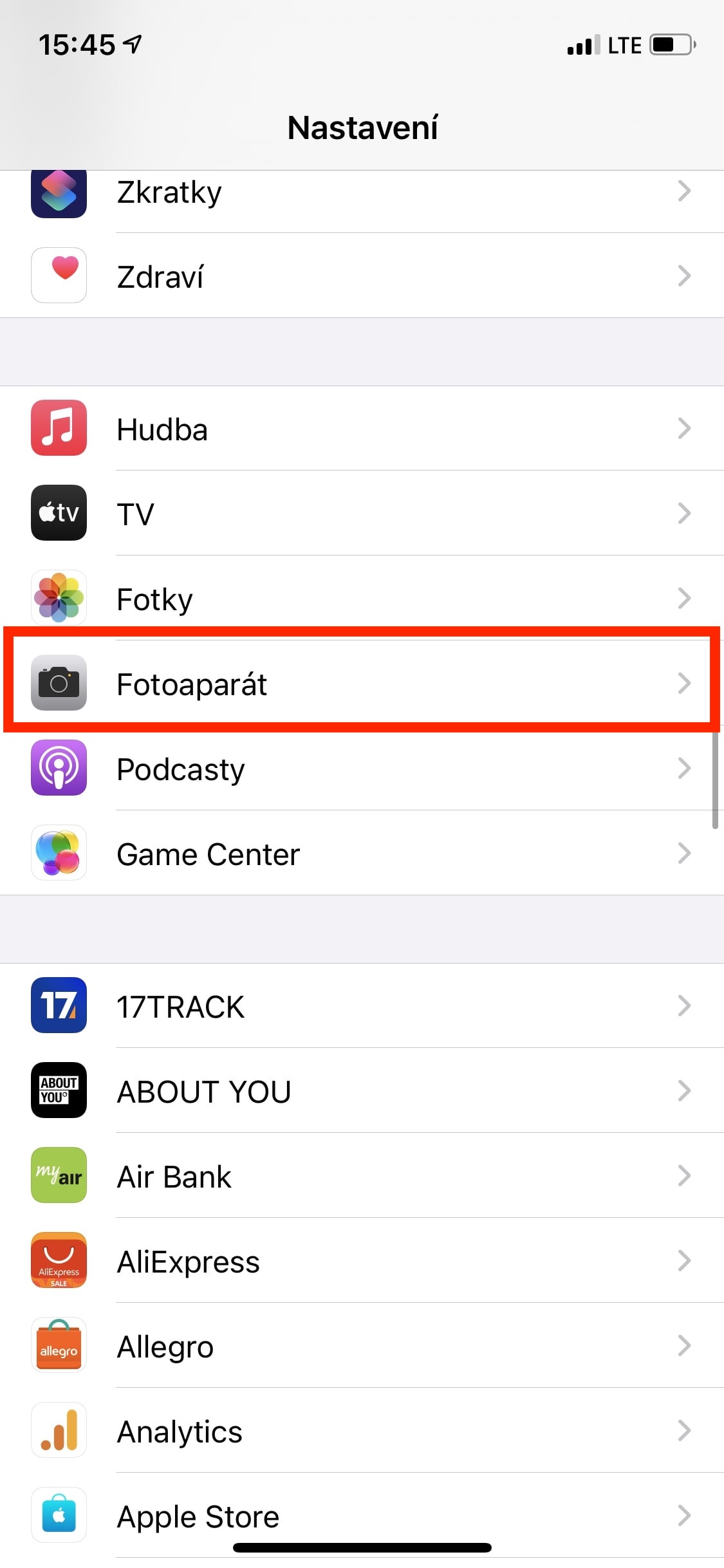
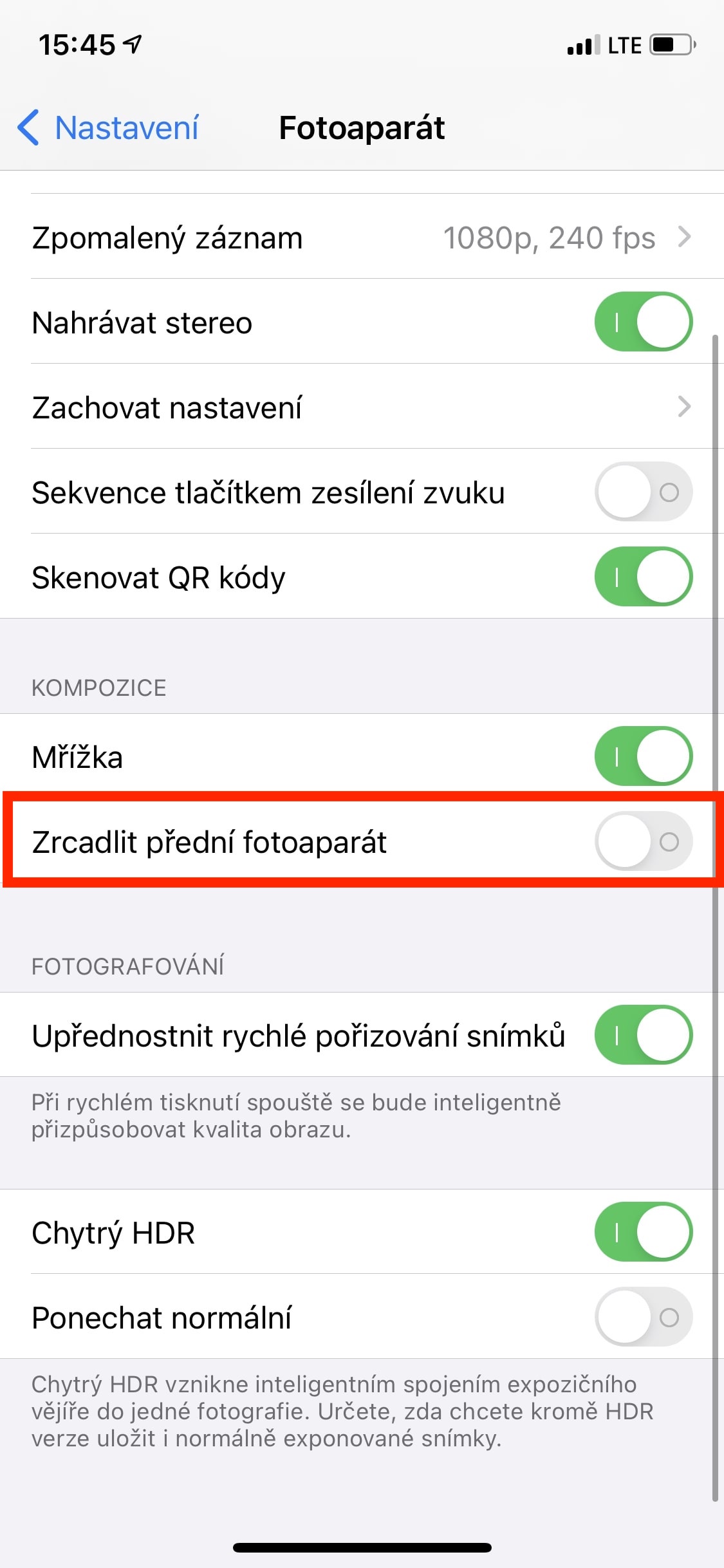

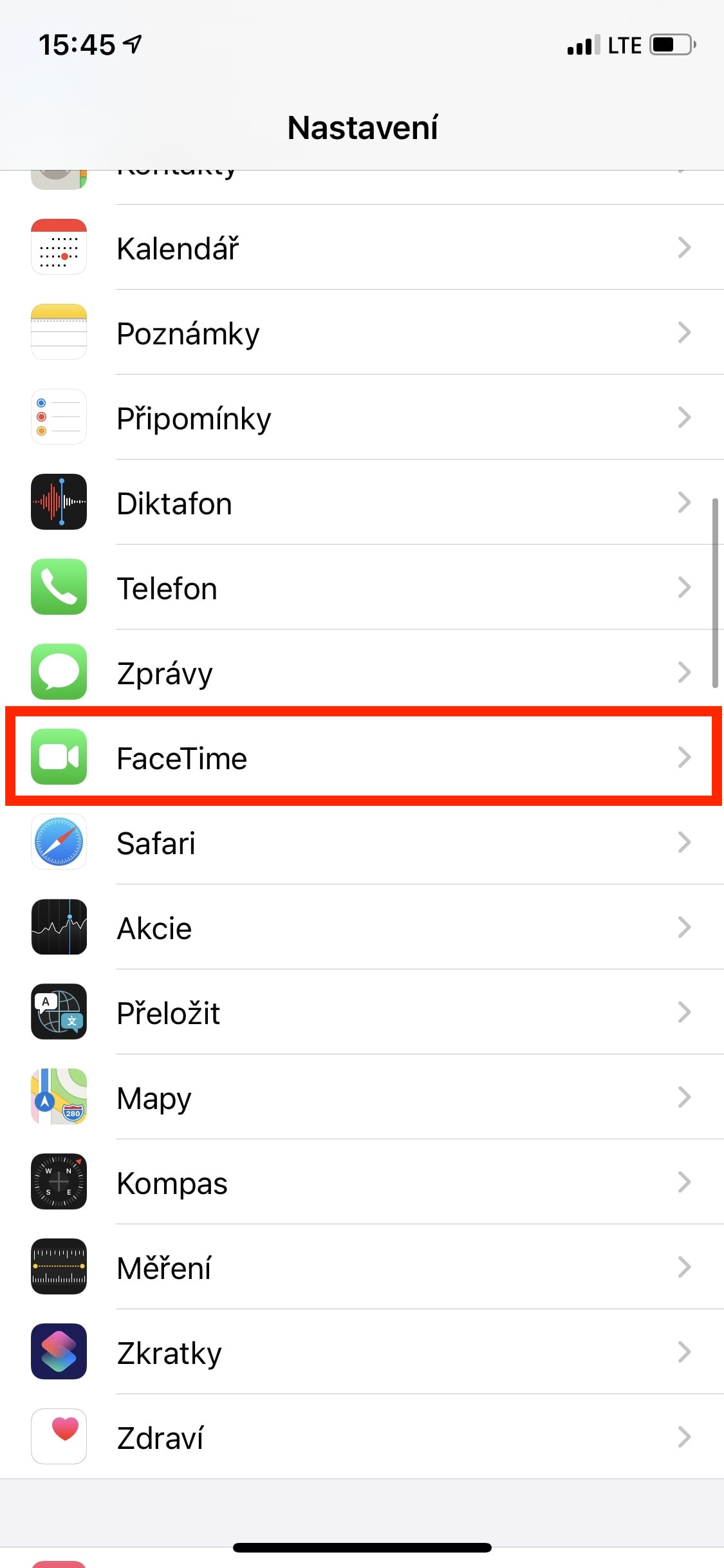
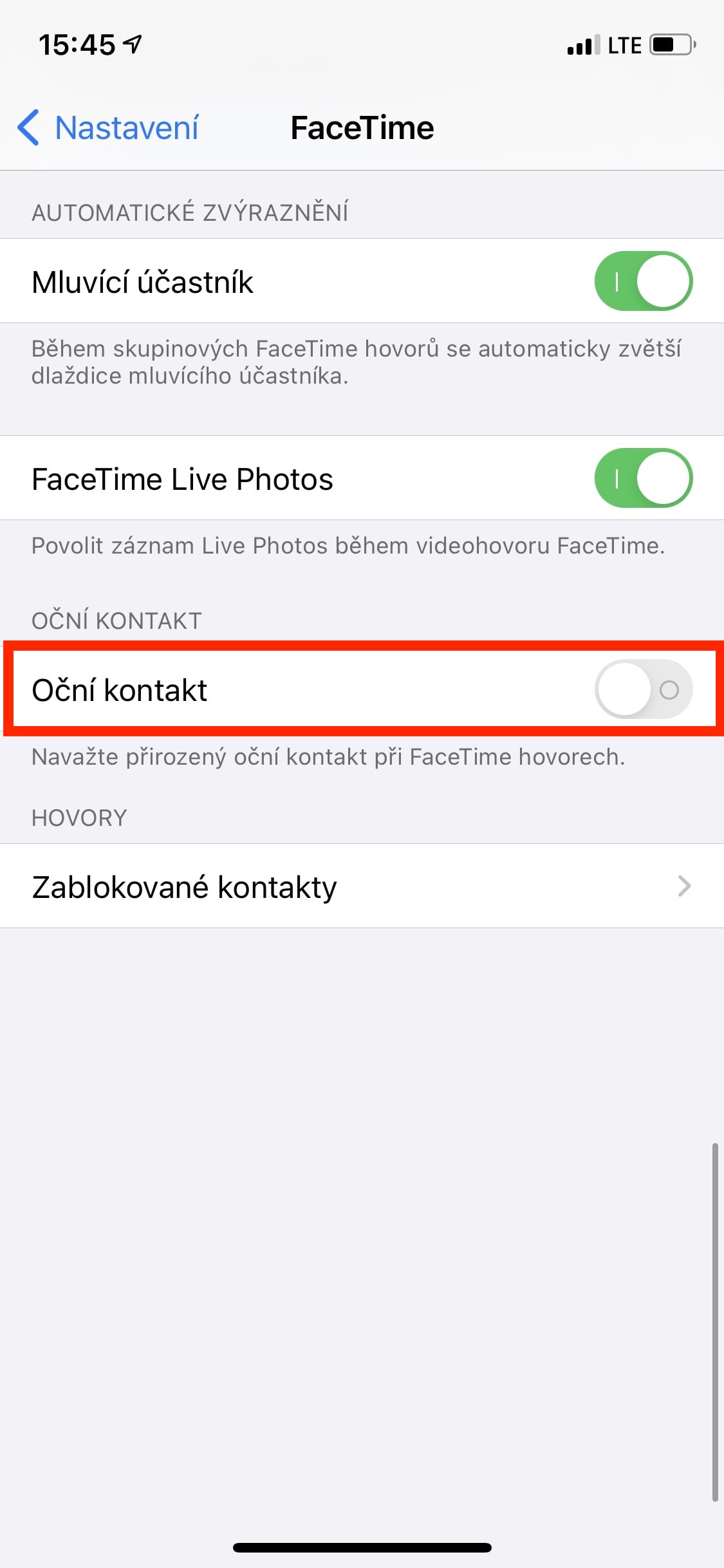
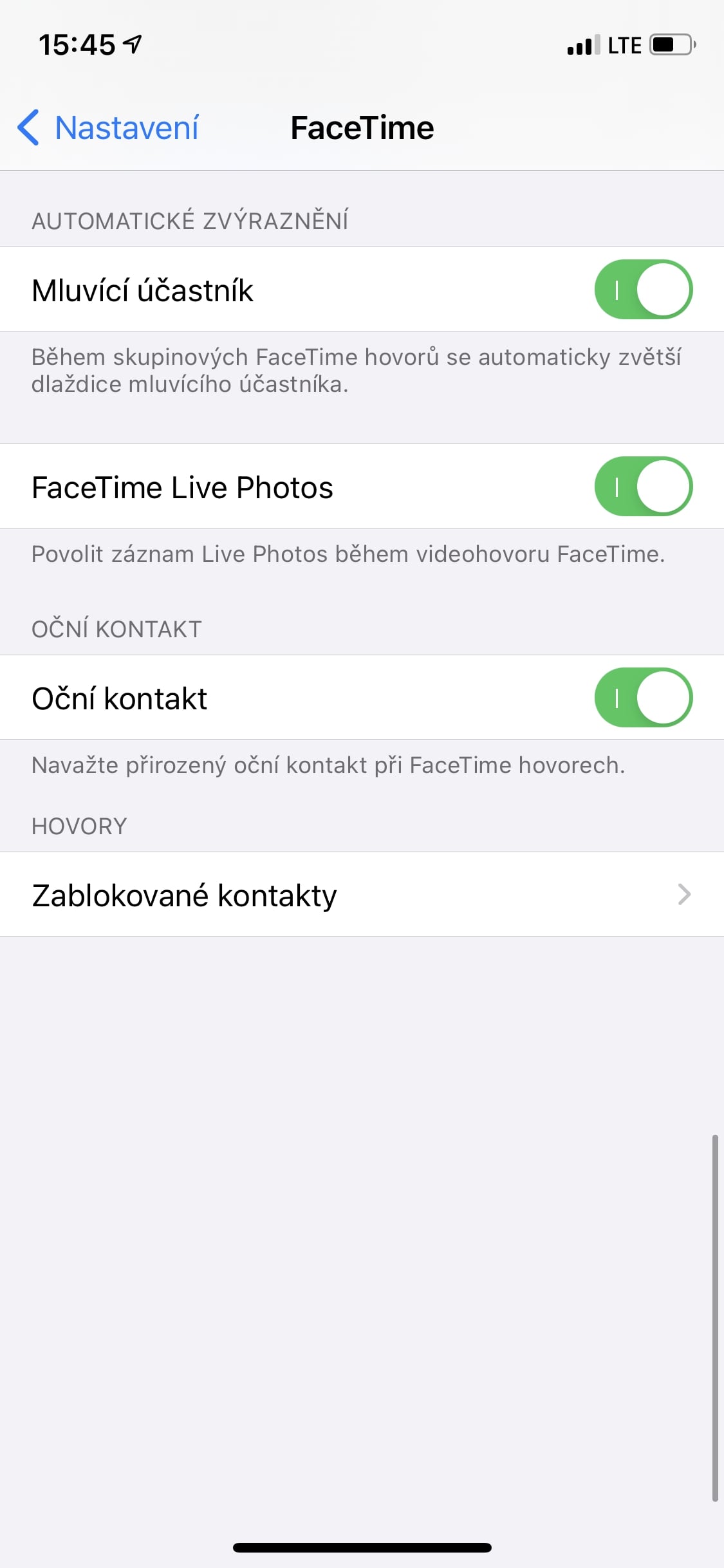


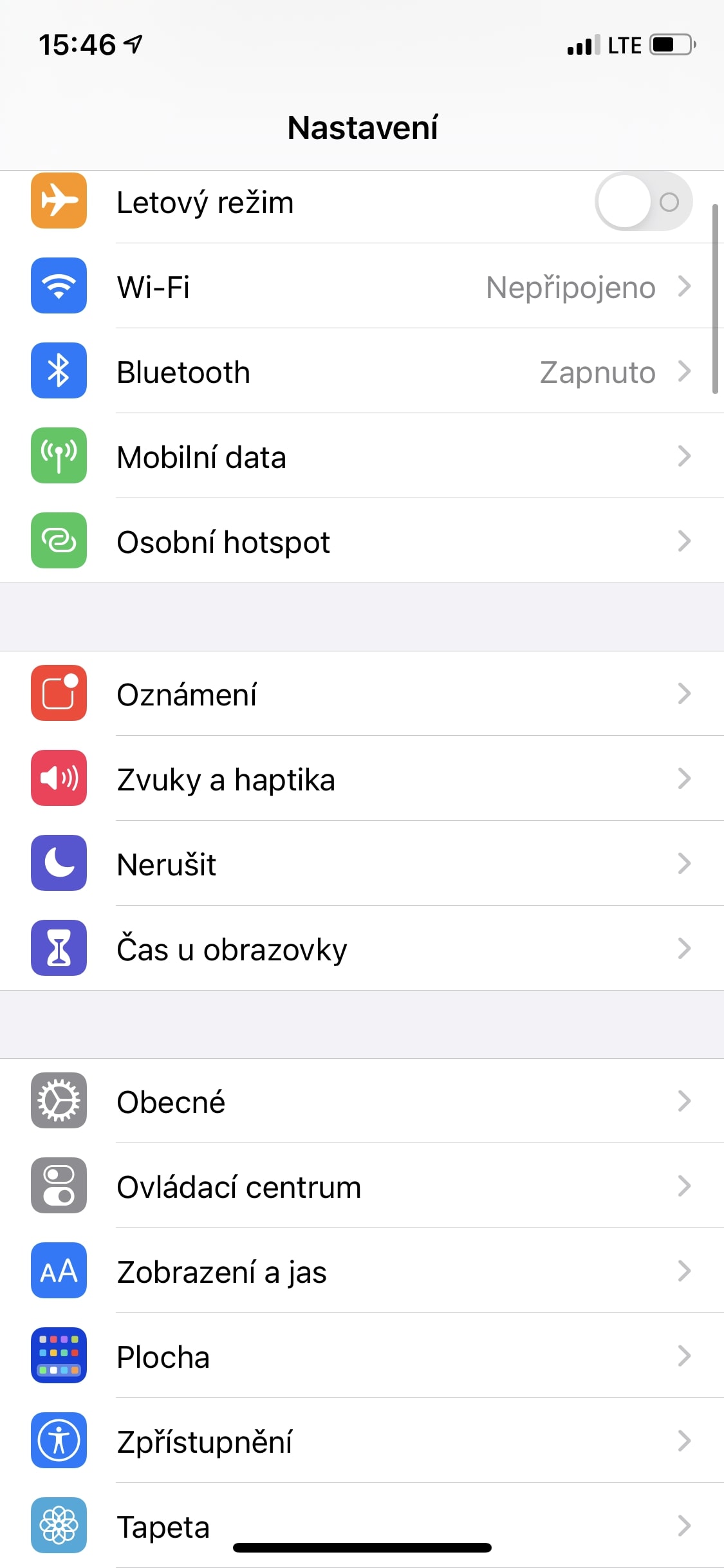






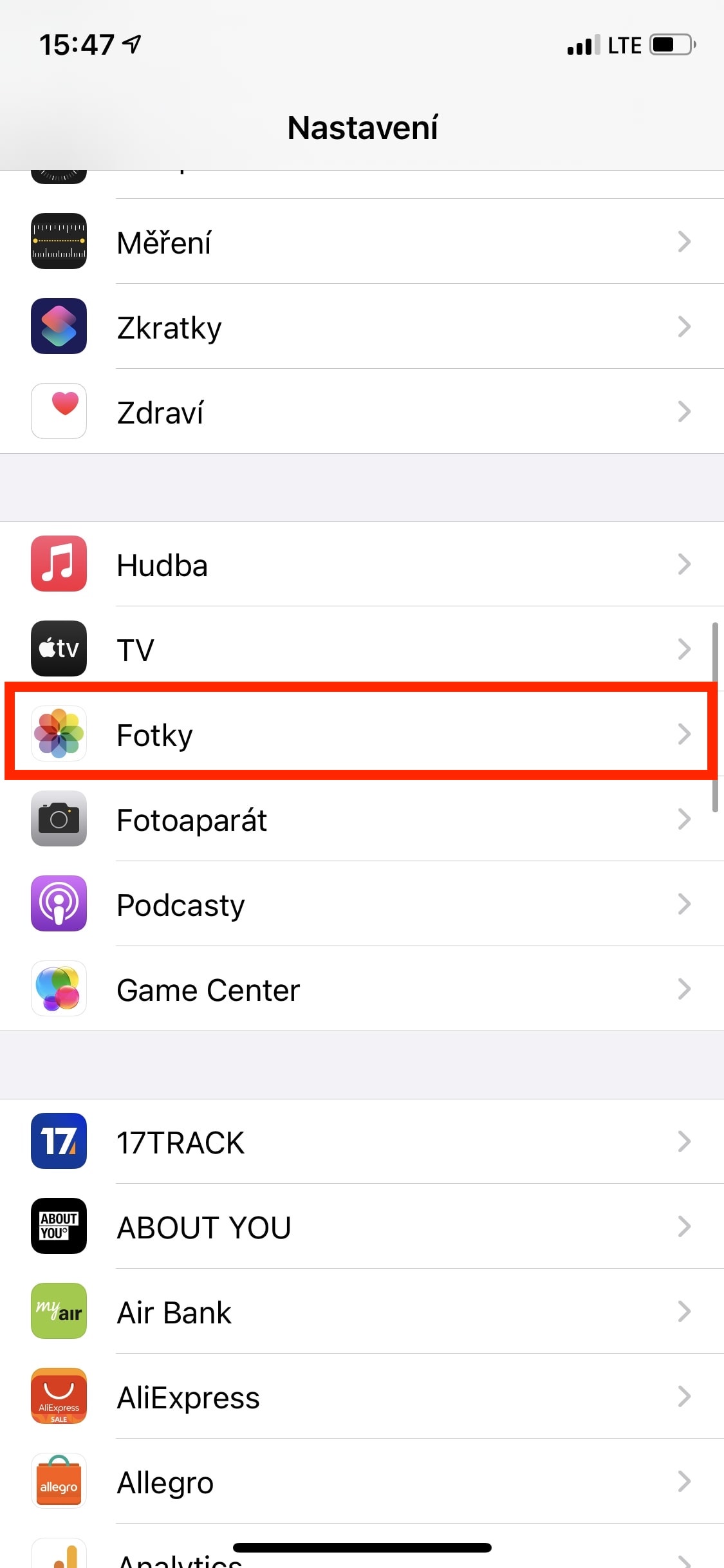
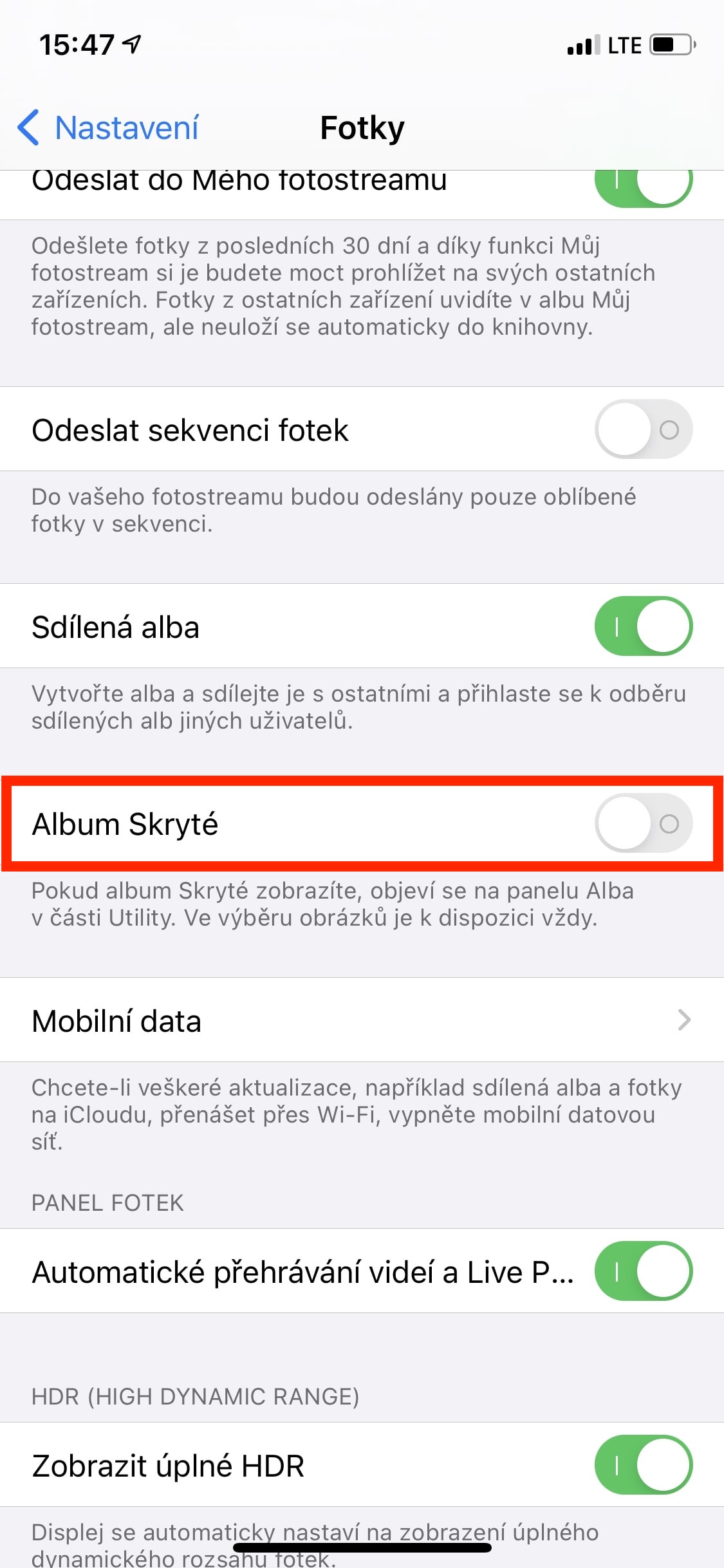

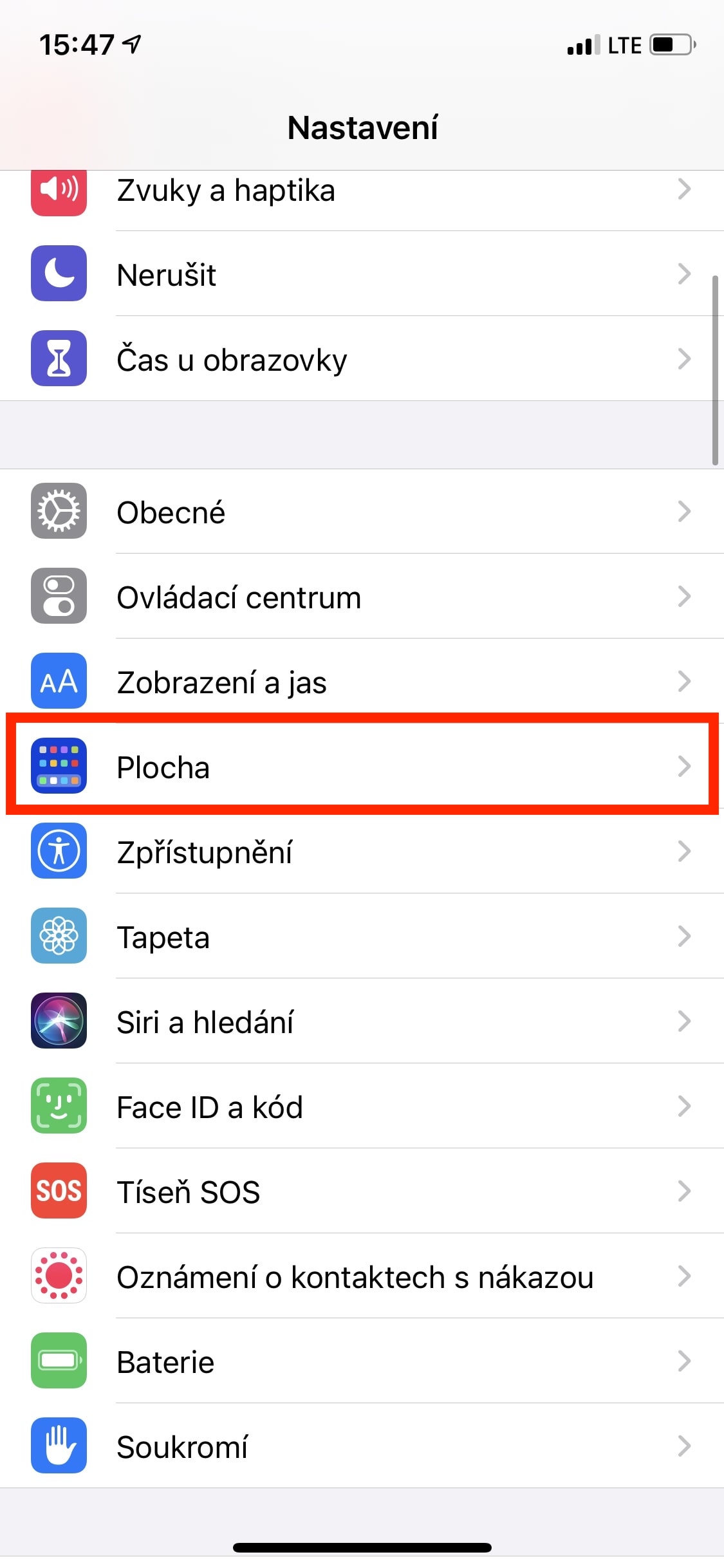







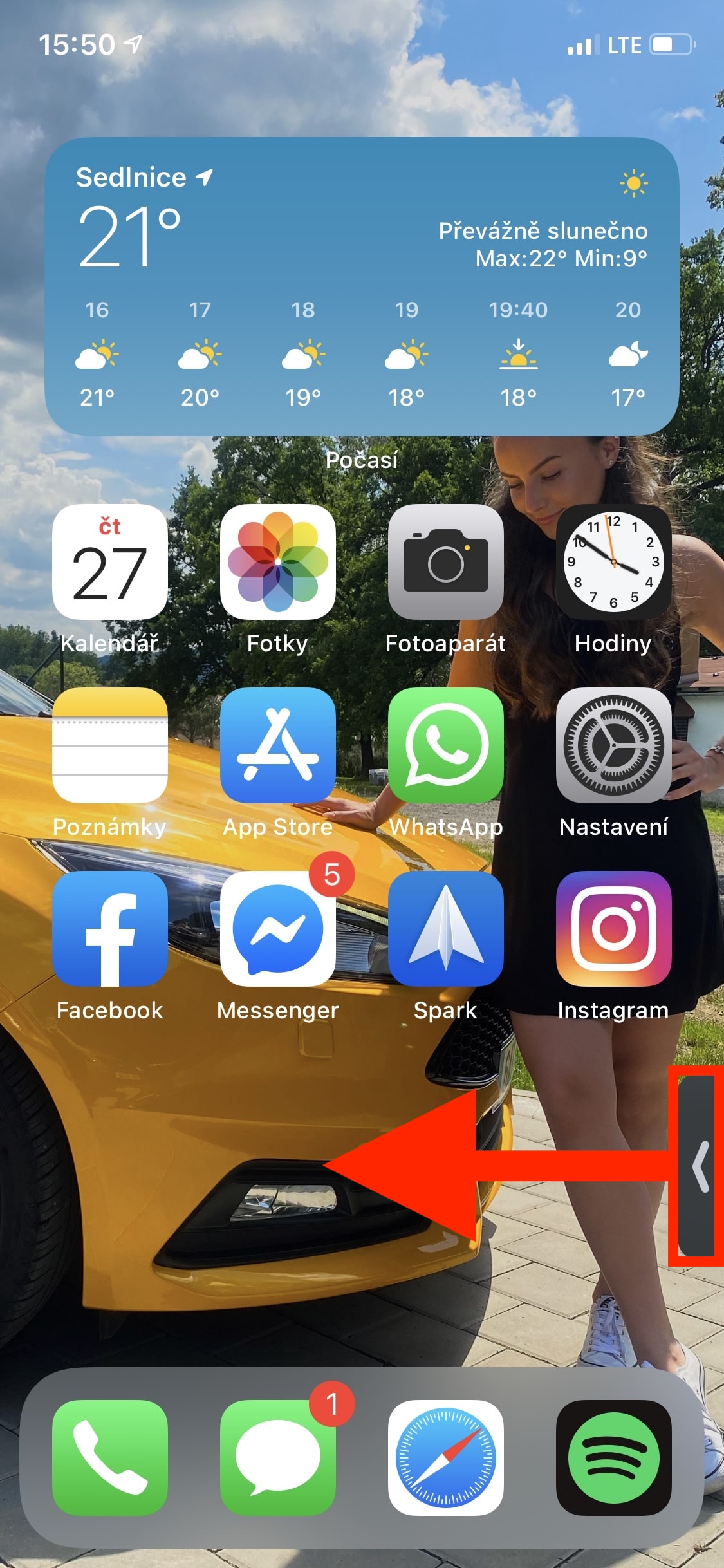

Apple TV 4K iOS 14 beta 6 YouTube cannot play 4K max HD
Sorry tvOS 14 beta 6
I had an inverted photo from the front camera in about the first beta. And then the setting disappeared and never came back. Not even in the last one. iPhoneX
madam, you should take an example from apple when you write about them and edit this website a little to make it readable .. however, I can't tell the difference between advertising and content here, everything is highlighted the same way .. this design is pure Greek. I haven't been here for a long time and I'm about to finish.. unusable website
Youtube in 4K does not work on iPhone or Apple TV. As far as I know, we are waiting for Google, which must release a version that will enable it.
Where are the photos that we took directly on FaceTime saved in the gallery? I don't have them on my computer? (we took photos via the computer)